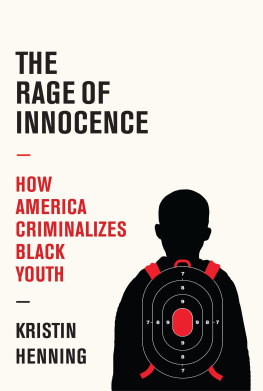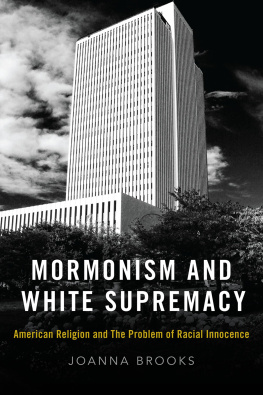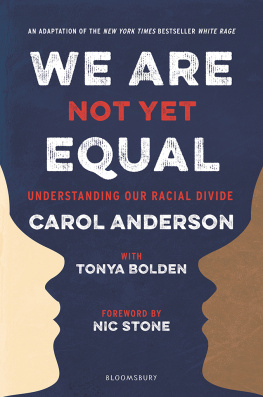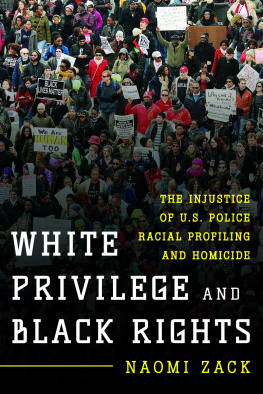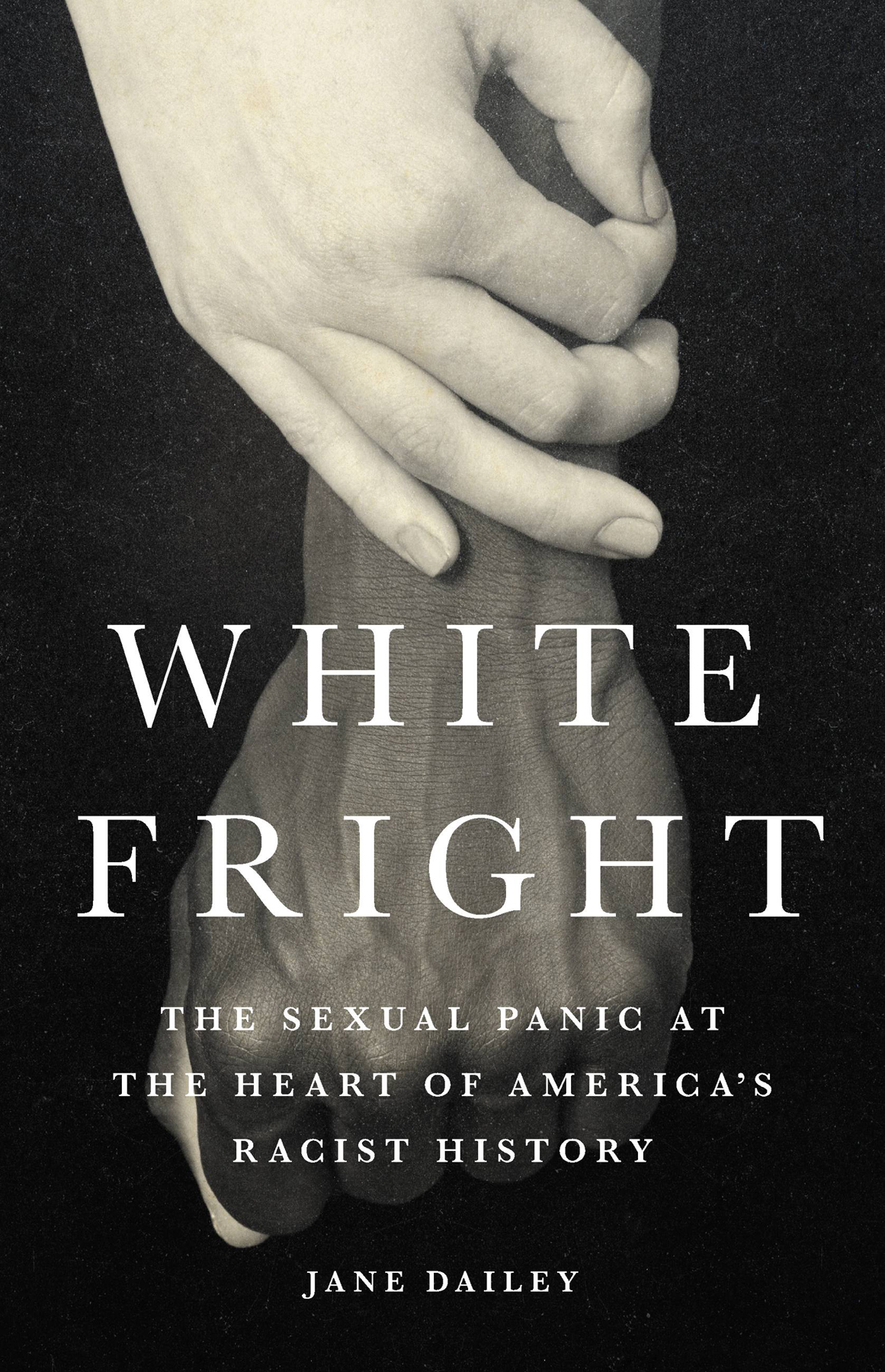
Copyright 2020 by Jane Dailey
Cover images: fotostock / Alamy Stock Photo MM_photos / Shutterstock.com; Krasovski Dmitri / Shutterstock.com
Cover copyright 2020 by Hachette Book Group, Inc.
Hachette Book Group supports the right to free expression and the value of copyright. The purpose of copyright is to encourage writers and artists to produce the creative works that enrich our culture.
The scanning, uploading, and distribution of this book without permission is a theft of the authors intellectual property. If you would like permission to use material from the book (other than for review purposes), please contact permissions@hbgusa.com. Thank you for your support of the authors rights.
Basic Books
Hachette Book Group
1290 Avenue of the Americas, New York, NY 10104
www.basicbooks.com
First Edition: November 2020
Published by Basic Books, an imprint of Perseus Books, LLC, a subsidiary of Hachette Book Group, Inc. The Basic Books name and logo is a trademark of the Hachette Book Group.
The Hachette Speakers Bureau provides a wide range of authors for speaking events. To find out more, go to www.hachettespeakersbureau.com or call (866) 376-6591.
The publisher is not responsible for websites (or their content) that are not owned by the publisher.
Library of Congress Cataloging-in-Publication Data
Names: Dailey, Jane Elizabeth, 1963author.
Title: White fright : the sexual panic at the heart of Americas racist history / Jane Dailey.
Description: First edition. | New York : Basic Books, [2020] | Includes bibliographical references and index.
Identifiers: LCCN 2020019694 | ISBN 9781541646551 (hardcover) | ISBN 9781541646544 (ebook)
Subjects: LCSH: MiscegenationSouthern StatesHistory20th century. | Interracial marriageSouthern StatesHistory20th century. | African AmericansSexual behaviorPublic opinion. | African AmericansSouthern StatesSocial conditions. | WhitesSouthern StatesAttitudes. | White supremacy movementsUnited StatesHistory20th century. | African AmericansCivil rightsSouthern StatesHistory20th century. | Civil rights movementsSouthern StatesHistory20th century. | Southern StatesRace relations. | Southern StatesSocial conditions.
Classification: LCC E185.62.D25 2020 | DDC 306.84/509750904dc23
LC record available at https://lccn.loc.gov/2020019694
ISBNs: 978-1-5416-4655-1 (hardcover), 978-1-5416-4654-4 (ebook)
E3-20201017-JV-NF-ORI
Building the American Republic, Volume 2: A Narrative History from 1877
The Age of Jim Crow: A Norton Documentary History
Before Jim Crow: The Politics of Race in Postemancipation Virginia
A NATIVE OF INDIANA , Emily Reed had been living in Alabama only a few months when she faced a momentous decision. She had taken a job as director of the Alabama Public Library Service Divisionnot the sort of position that captured headlines. That changed when the Montgomery chapter of the prosegregation White Citizens Council demanded that she ban a childrens book, Garth Williamss The Rabbits Wedding, from libraries throughout the state. The bookwhich told the story of the marriage of a little black bunny to a little white bunnywas attacked by segregationists for promoting interracial marriage.
The notion of an outright ban of The Rabbits Wedding rubbed Miss Reed the wrong way. In an effort to mollify the enraged Alabamans without banning the book, she ordered it stowed on her departments reserve shelves. Her decision pleased neither the Citizens Council, the Alabama state government, nor the author, who was appalled by the action and insisted that his book had no political significance. I was completely unaware, he announced, that animals with white fur, such as white polar bears and white dogs and white rabbits, were considered
(Undaunted, Reed later included on a state-recommended list of notable books Martin Luther King Jr.s book Stride Toward Freedom, an account of the 1956 Montgomery Bus Boycott, during which the successful efforts of local African Americans to desegregate the municipal buses sparked a robust civil rights movement as well as savage white resistance.) Reeds latest provocation inspired the state legislature to conflate genealogy and culture, and demand that the state library chief be a native of the state and a graduate of the University of Alabama or Auburn University.
A stranger to Alabamas racial politics, Emily Reed was surprised by the reaction to The Rabbits Wedding. More astuteor at least more experiencedstudents of Southern social relations would not have been. The racially segregated and suffocating world of Jim Crow, which lasted from roughly 1890 until the 1960s, was rooted in fears of interracial sex and racial reproduction. When The Rabbits Wedding was banned in 1959, marriage across the color line was prohibited in twenty-nine states, including Alabama and Reeds home state of Indiana. Most of those laws remained on the books until 1967, when the United States Supreme Court declared them unconstitutional in the case of Loving v. Virginia. Throughout this era, the politics, social relations, and laws of the South reflected and reproduced white fears of interracial sex and marriage.
As early as the abolition of slavery in 1865, advocates for African American equality understood that racially restrictive sex and marriage laws, and the state-enforced regime of racial identification that those laws made possible, lay at the heart of the segregated system they struggled to overthrow. In 1905, the sociologist, journalist, and activist W. E. B. Du Bois wrote the right to associate with those who wish to associate with me into the pledge of the Niagara Movement, the predecessor to the National Association for the Advancement of Colored People (NAACP). After the NAACP was formed in 1909, its first national lobbying victory was to convince Congress not to pass a racially restrictive marriage law for the District of Columbia. In the 1920s and 1930s, the Communist Party of the United States and Communist-affiliated organizations called for complete social equality and the repeal of state antimiscegenation laws. During and immediately after World War II, Christian interracial associations like the Federal Council of Churches joined secular radicals in this call. In the 1950s and 1960s, new organizations such as the Southern Christian Leadership Council (SCLC) and the Student Nonviolent Coordinating Committee (SNCC) also embraced this position on sex and marriage even as they focused primarily on issues of education, voting, and housing.
Given the centrality of racially restrictive sex and marriage laws to the creation and maintenance of white supremacy, one would expect their reversal to have been a top priority for advocates of African American equality. But for all the advocacy and lobbying against these laws, there was never a mass movement to overturn them. When the Supreme Court finally ruled in Loving v. Virginia that laws forbidding Americans to marry across the color line violated the Fourteenth Amendment, the case was argued by representatives of the American Civil Liberties Union (ACLU), not the NAACP.
For more than a century, between emancipation and 1967, African American rights were closely bound, both in law and in the white imagination, to the question of interracial sex and marriage. At every stage of the struggle for civil rights, sex played a central role, even when its significance was left unspoken. Overcoming the conflation of sexual and civil rights was a project of decades and arguably the greatest challenge champions of Black equality faced.


